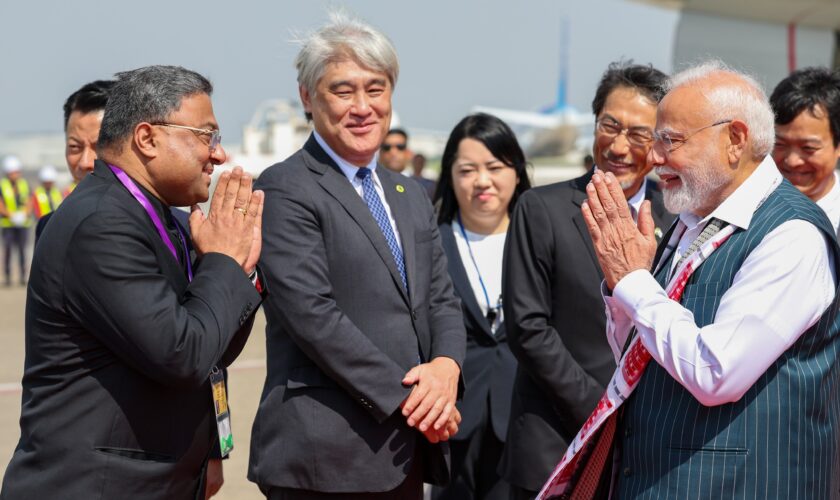Lucknow/Delhi: In a landmark decision poised to transform urban mobility in the Uttar Pradesh capital, the Union Cabinet, chaired by Prime Minister Narendra Modi, has approved Phase-1B of the Lucknow Metro Rail Project. With a sanctioned outlay of ₹5,801 crore, the new corridor will span 11.165 kilometres, comprising 12 strategically located stations — seven underground and five elevated. Upon completion, Lucknow’s active metro rail network will expand to 34 kilometres, providing a robust backbone for the city’s public transport system.
Key Features of Phase-1B
The newly approved corridor will focus on integrating Old Lucknow — the city’s most densely populated and historically significant area — into the metro network. This stretch will connect:
- Major commercial hubs such as Aminabad, Yahiyaganj, Pandeyganj, and Chowk
- Critical healthcare institutions, including King George’s Medical University (KGMU)
- Prominent tourist attractions like Bara Imambara, Chota Imambara, Bhool Bhulaiya, the Clock Tower, and Rumi Darwaza
- Culinary hotspots that define Lucknow’s gastronomic heritage
By bridging these key zones, the project aims to offer seamless mobility to residents, ease access for tourists, and bring the city’s economic and cultural heart closer to modern transport infrastructure.

Easing Traffic and Reducing Travel Time
Phase-1B is expected to be a game-changer in tackling Old Lucknow’s chronic traffic congestion. The metro will offer an efficient alternative to road travel, particularly on overburdened routes, reducing commute times and improving overall road safety. Authorities anticipate a smoother flow of vehicles, shorter travel durations, and better accessibility to key destinations, including the city’s airport, railway stations, and bus depots.
Environmental and Social Impact
The expansion is also aligned with India’s environmental goals. By promoting a shift from fossil fuel-based road transport to electric-powered metro services, the project will help cut carbon emissions significantly. In addition, it will enhance social equity by providing affordable and reliable public transport to diverse socio-economic groups, thereby reducing transport disparities and improving access to essential services such as healthcare and education.

Catalyst for Economic Growth
With improved connectivity, the new phase is expected to stimulate local commerce, attract investments, and open up opportunities in areas that were previously harder to reach. Businesses located near metro stations are likely to see increased footfall, while tourism-related enterprises may benefit from easier access to heritage sites and markets. The resulting economic activity is projected to strengthen Lucknow’s position as both a cultural and commercial hub.
Future-Ready Urban Infrastructure
The Phase-1B approval underscores the government’s commitment to modernising urban transport infrastructure and making cities more livable. As Lucknow’s metro footprint expands, it lays the foundation for future extensions and deeper integration of public transport systems, contributing to the city’s long-term sustainability and growth trajectory.
With construction expected to begin soon, the Lucknow Metro Phase-1B is set to be more than just a transport project — it is envisioned as a transformative urban development initiative that will redefine how people move, connect, and experience the city.





